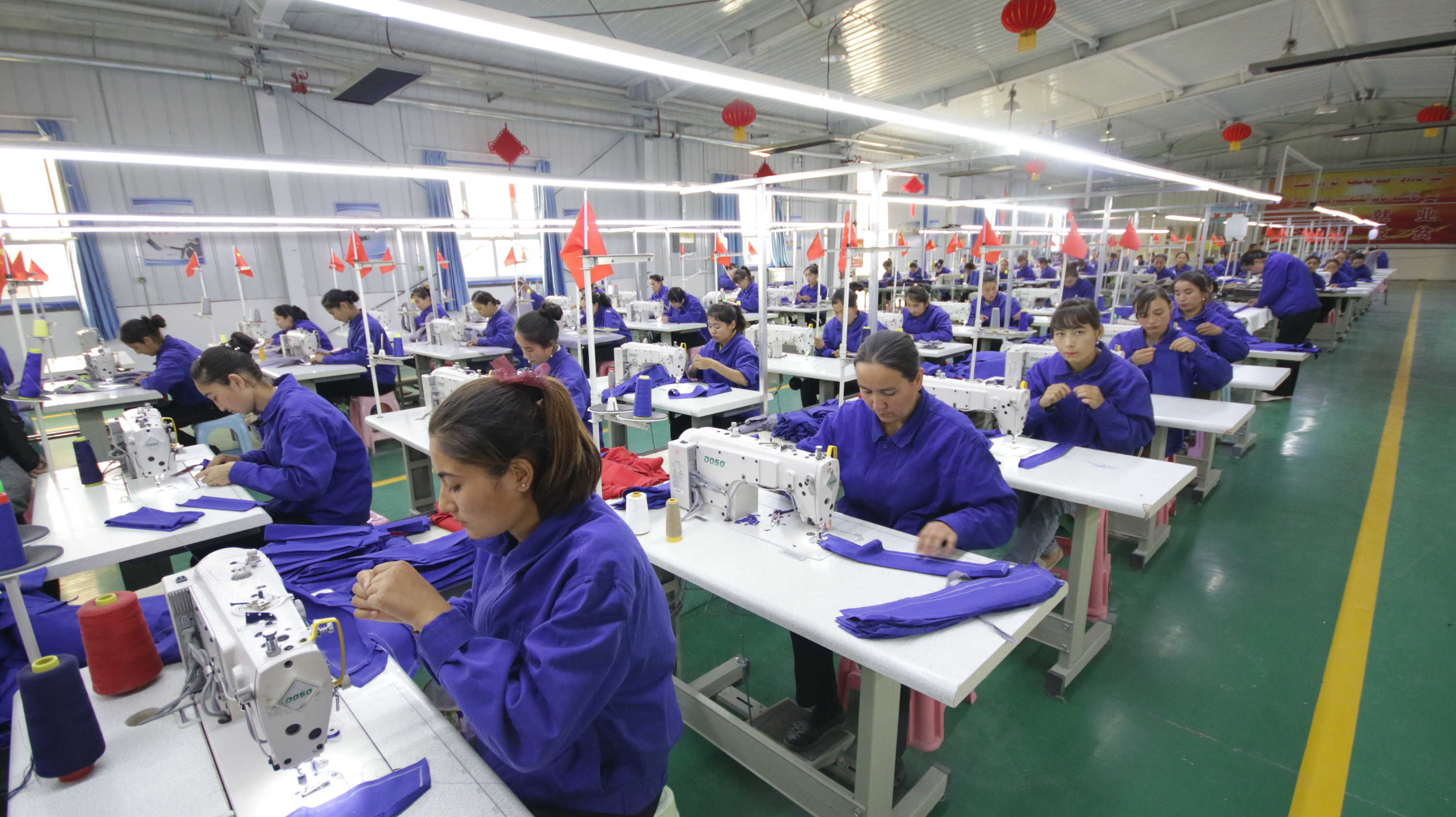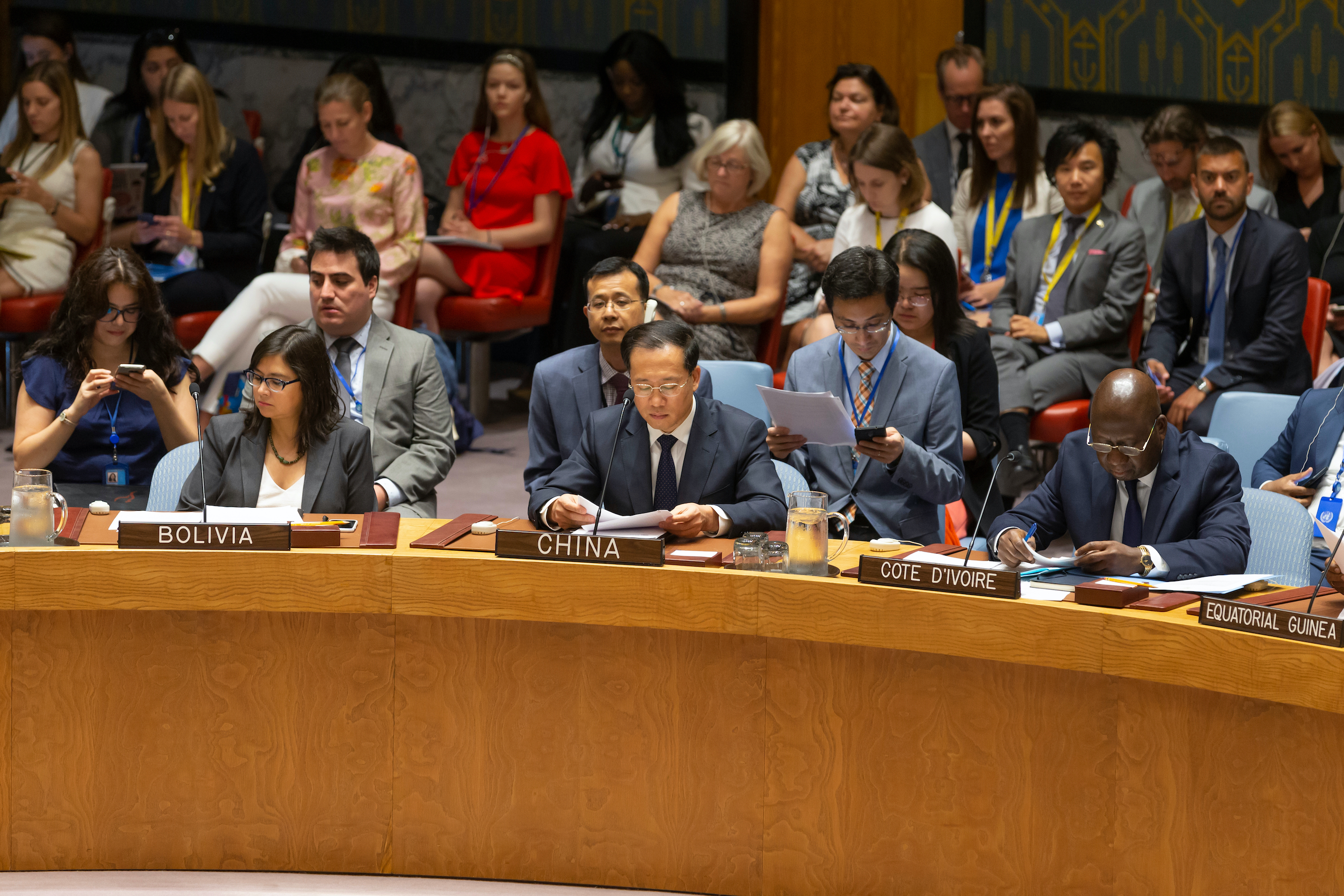One of the elements of modern Chinese thinking that is underestimated is the continuing importance of thought from the traditions of Marxism-Leninism and also, of course, Maoism, Chairman Mao’s own adaptation of that thinking. There’s a quite widely held narrative that after 1978 – when the Cultural Revolution ended, Deng Xiaoping opened China up to the world and China essentially started becoming the workshop of the world – communism was heaved out of the way to make way for capitalism as an alternative. And I think that that actually is pretty misleading.
It’s much more effective to understand that, while China has obviously become a country that has used capitalism in an extremely effective way, from the point of view of China’s leaders and the wider society, this is very much one of the stages in the ultimate development of socialism. That end goal has not in any way been lost or downgraded.


